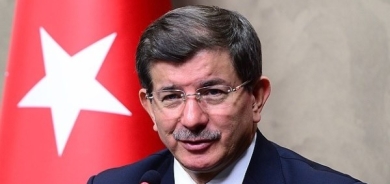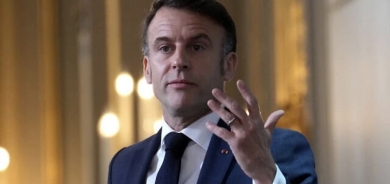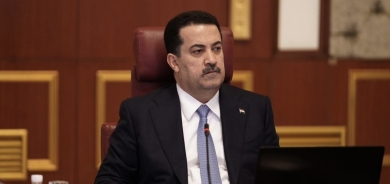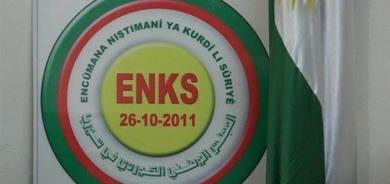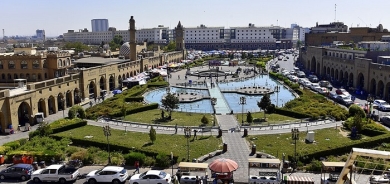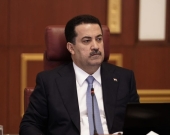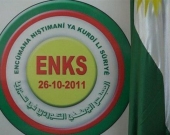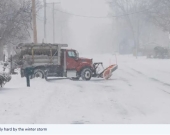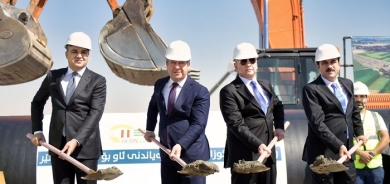Iraq targets 200,000 bpd oil export rise for March

Top Iraqi officials are due to inaugurate a Single Point Mooring (SPM) for loading tankers on Sunday after bad weather and technical problems set back its initial start. Shipments of Basra Light crude have been stuck at around 1.7 million bpd since last year as exports hit obstacles in the south.
If all goes to plan, exports from Iraq's southern oilfields will rise to 1.9 million bpd by March - pushing overall oil sales to 2.3 million bpd - a postwar record, the Iraqi oil official said on Friday.
Baghdad had hoped to reach that level this month, but the delayed start of the SPM means that achieving rates as high as 1.8 million bpd for February could prove difficult.
An average monthly increase of 100,000 bpd is expected from March until mid-year, when maximum rates of 2.2 million bpd are reached in the south. Shipments of northern Kirkuk crude are expected to remain steady at around 400,000 bpd.
"Our target is to reach overall exports of 2.6 million bpd by May, provided everything is working properly," the Iraqi official said asking that their name not be used in the run-up to the inaugeration of the SPM.
But oil executives involved in Iraq's development projects see overall output climbing by about 300,000 bpd this year to 3 million bpd, which implies exports of 2.5 million bpd.
The giant southern oilfields of Rumaila - operated by BP , West Qurna-1 - led by Exxon Mobil and Zubair - run by Eni,- could pump enough to supply a Basra Light export programme of 2.1 million bpd, said industry sources.
Rumaila, Iraq's biggest producer, is now churning out 1.35 million bpd, up from an average 1.14 million bpd last year . West Qurna-1 is producing roughly 390,000 bpd and Zubair is around 250,000 bpd, industry sources said.
The biggest gains this year are expected at Rumaila after BP overhauls vital production facilities, although flows have been disrupted by bad weather and a shortage of storage tanks in the Gulf, said the industry sources.
The net result should be average production of about 1.35 million bpd.
FLUCTUATING OUTPUT
Production at Rumaila is fluctuating now because oil that is pumped from the southern fields has nowhere to go if crude loadings from the country's Gulf terminal are held up for any length of time. Last March, the entire field had to be shut down for a day following a run of stormy weather.
There has been a rise in production curtailments over the last few months, many of them weather related, and contractors will welcome the start up of the SPM.
"Everybody is affected, but Rumaila is so big that the curtailment is very considerable for us so new export capacity and storage tanks would be welcome," said Michael Townshend, President of BP in Iraq.
Rumaila will provide the biggest slug of new oil in the early stages of Iraq's oil expansion, which involves 11 megaprojects and an official target of 12 million bpd.
Widely-flagged infrastructure and logistical hurdles mean capacity of 6 million bpd is more likely. Rumaila's contractual target is to hit 2.85 million bpd by 2017.
Before tapping Rumaila's green field, which will account for its biggest growth, BP must overhaul existing equipment that dates back to the 1970s and before.
To that end, there are a number of turnarounds planned at the field's degassing stations. Production cuts will be minimized during this work by repairing only parts of the stations at a time.
The aim of the turnaround is to clear out the vessels of sludge, replace corroded items, install control, safety and instrumentation systems and refurbish aging kit. It is already having a noticeable effect.
There are around 19 rigs working on Rumaila, over half of them workover rigs doing repair work on wells that have been pumping at high rates for 10-30 years.
Townshend said one of the new wells recently produced close to 15,000 bpd versus a typical average rate of 7,000 bpd. "If you drill and complete these wells carefully you get more oil out," he said.
There will be around 50 new wells drilled this year on Rumaila and workovers are continuing.
Source: Reuters

